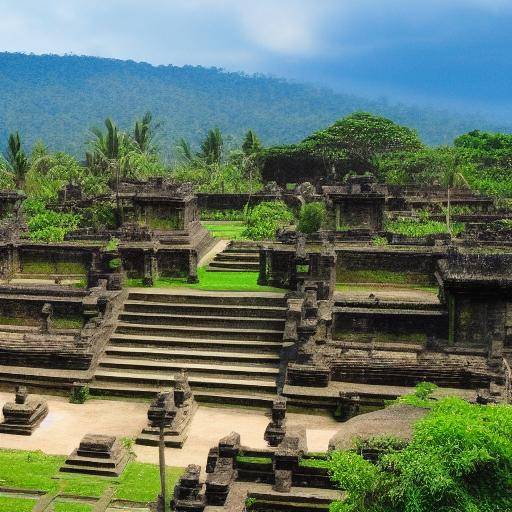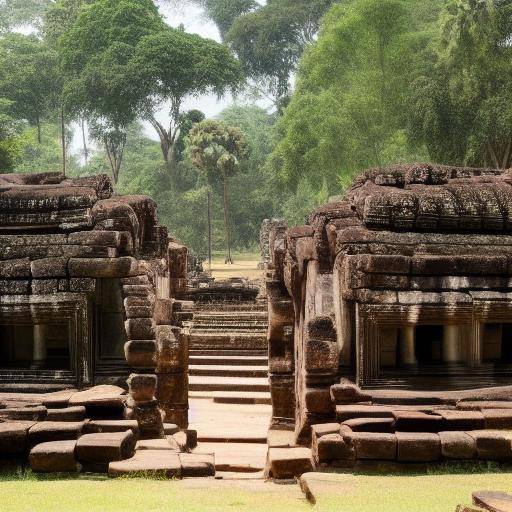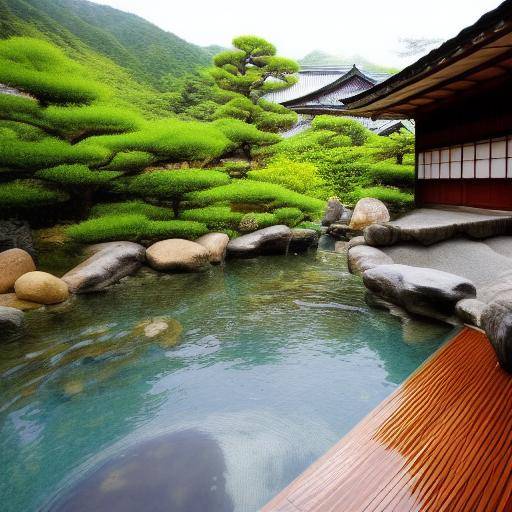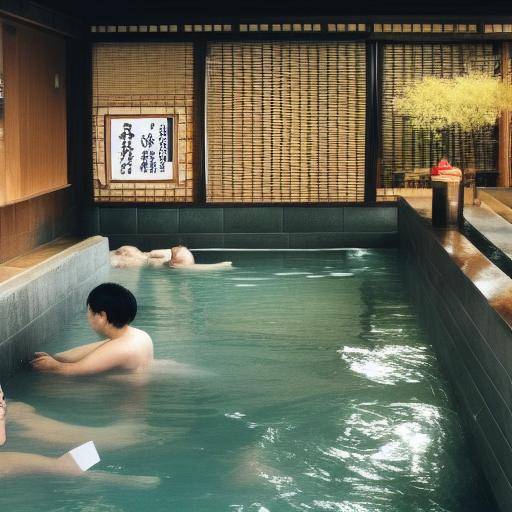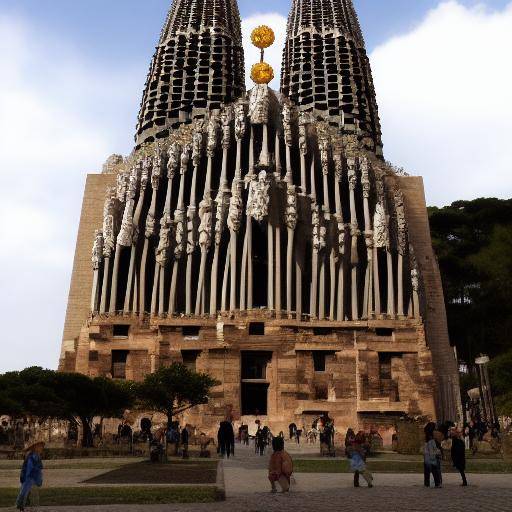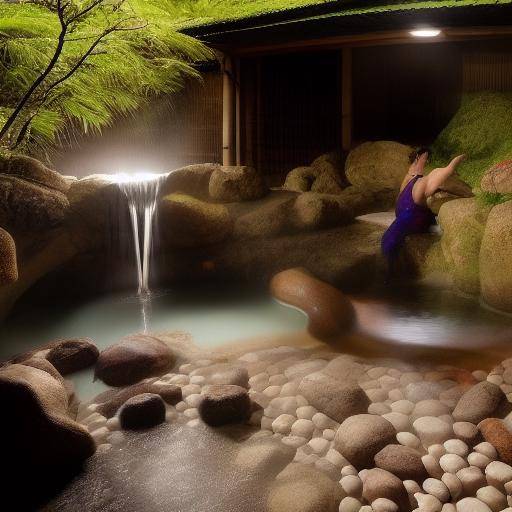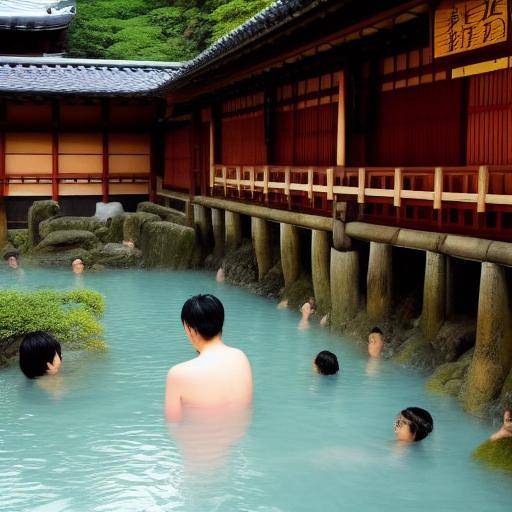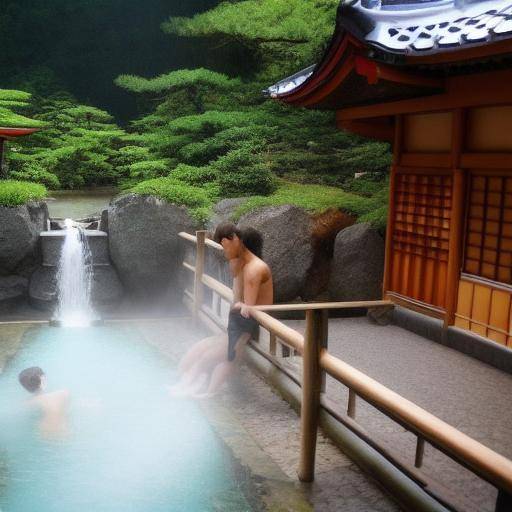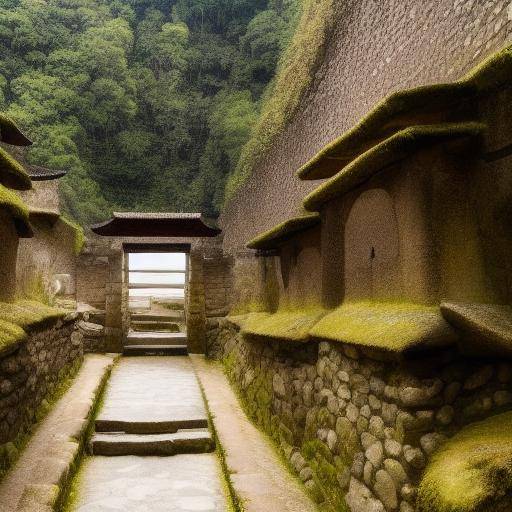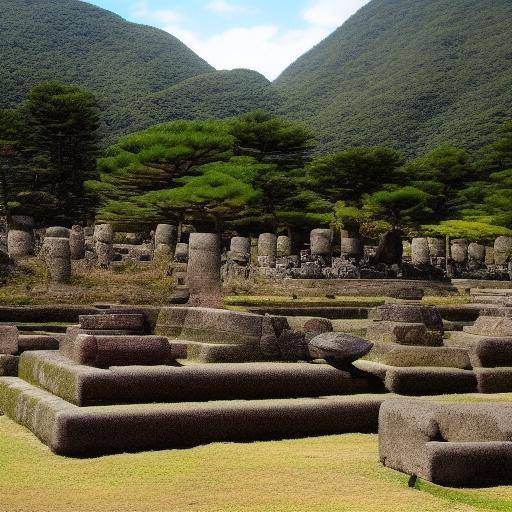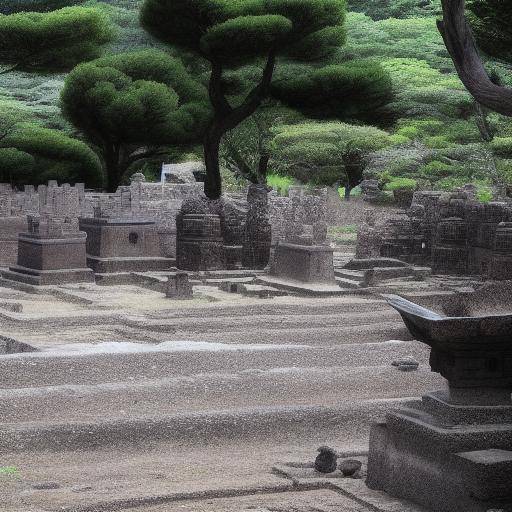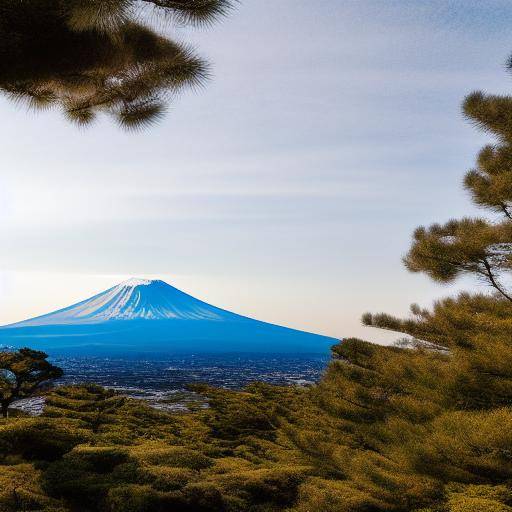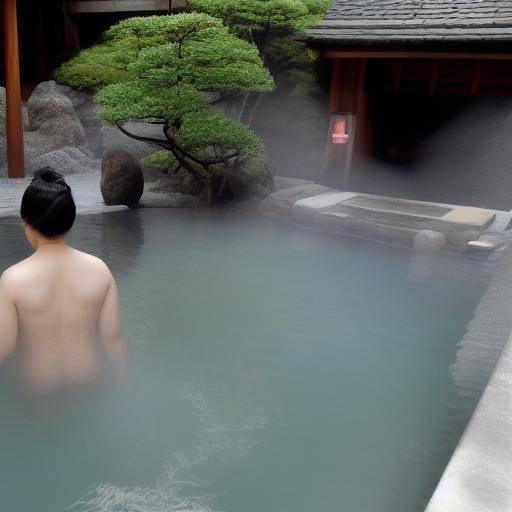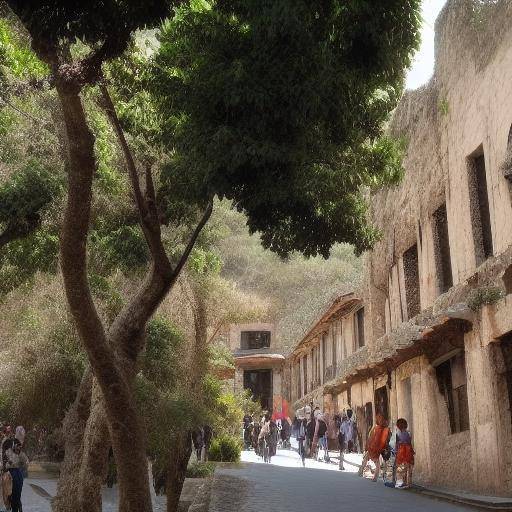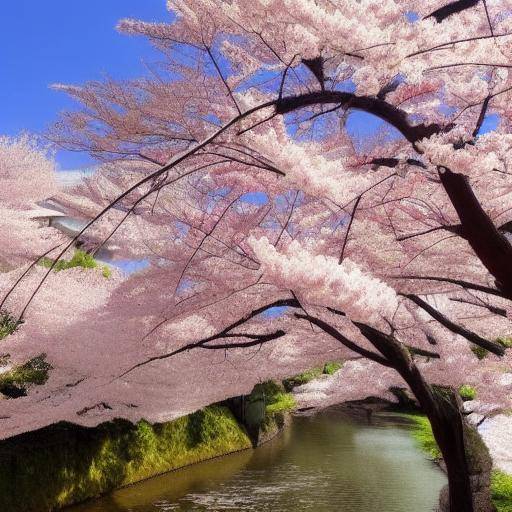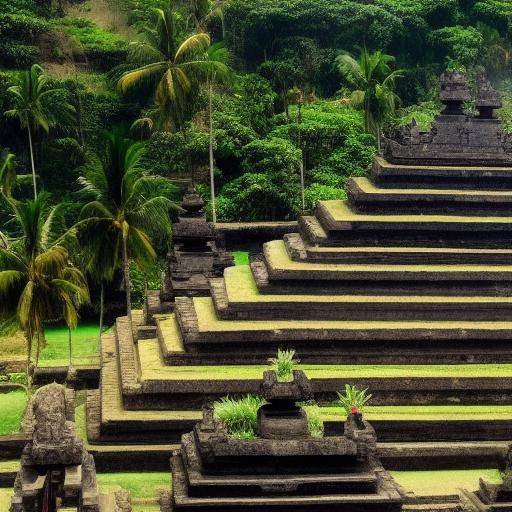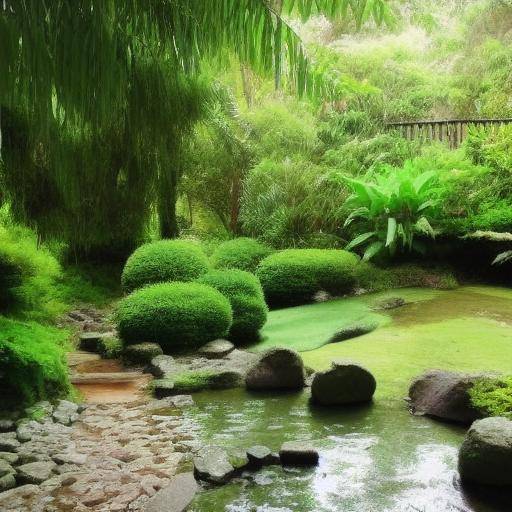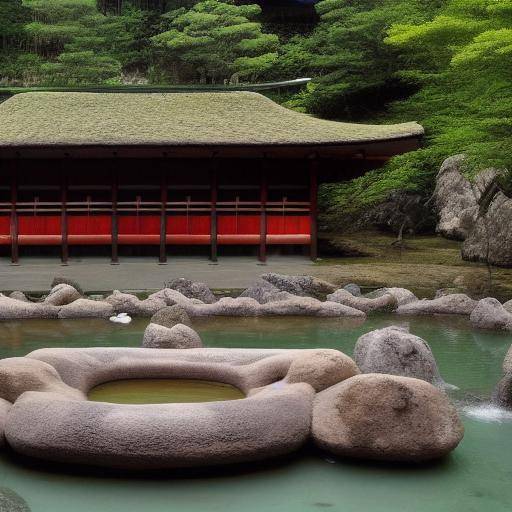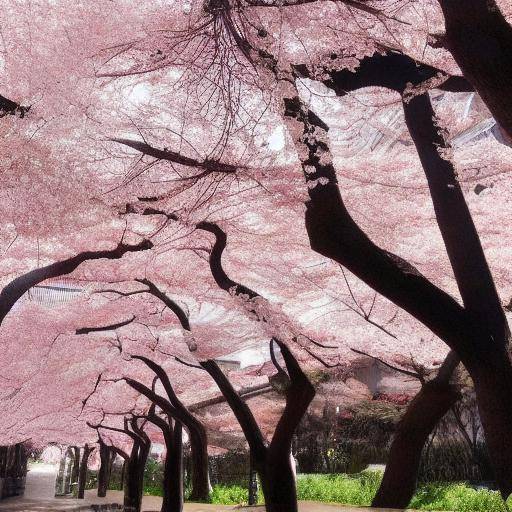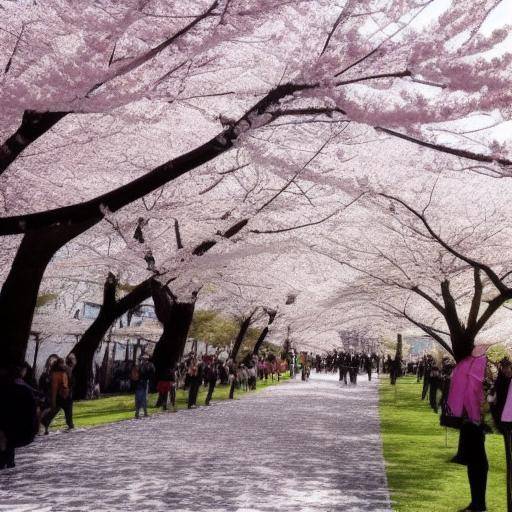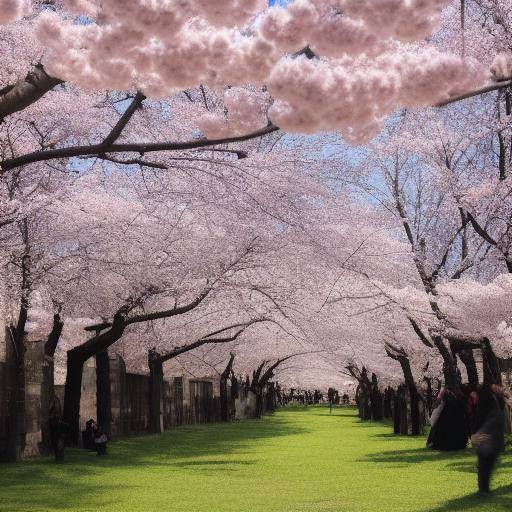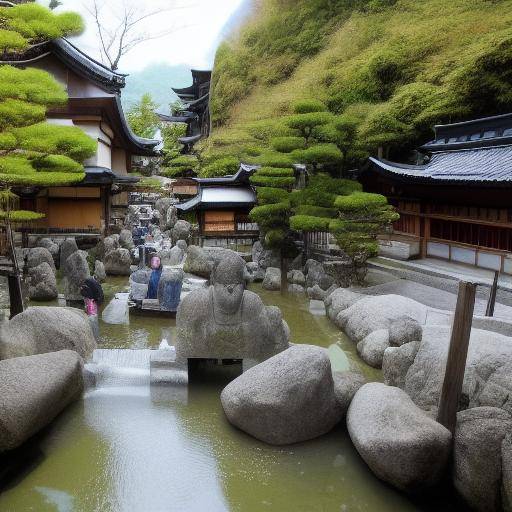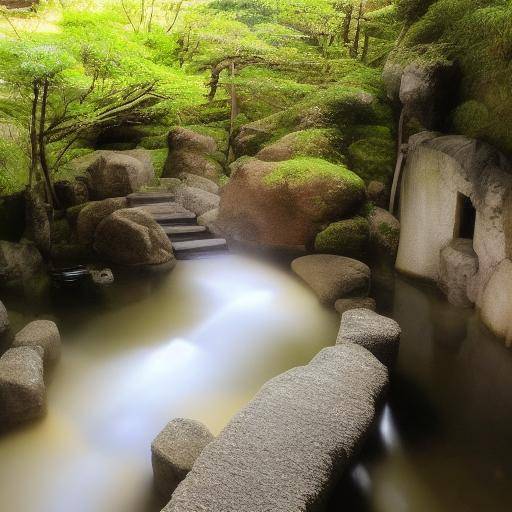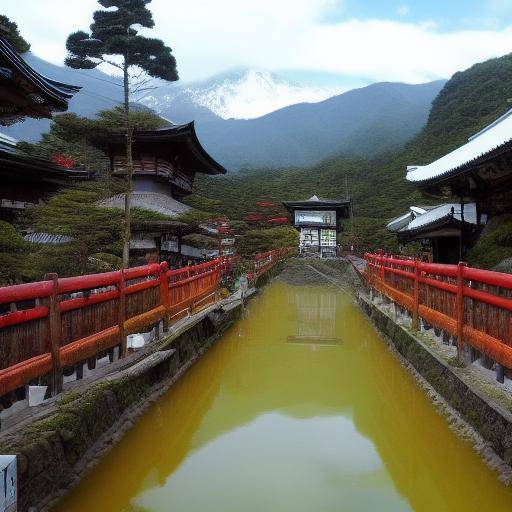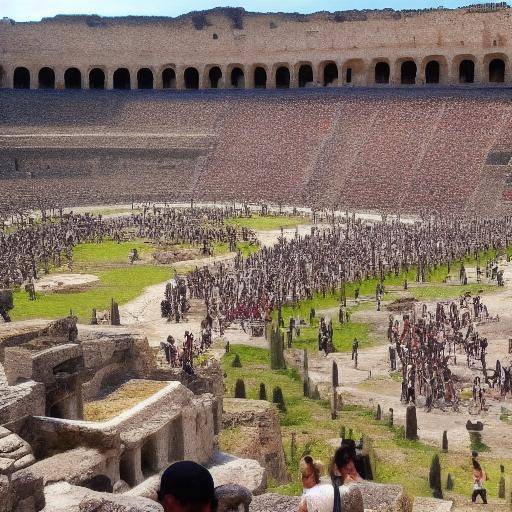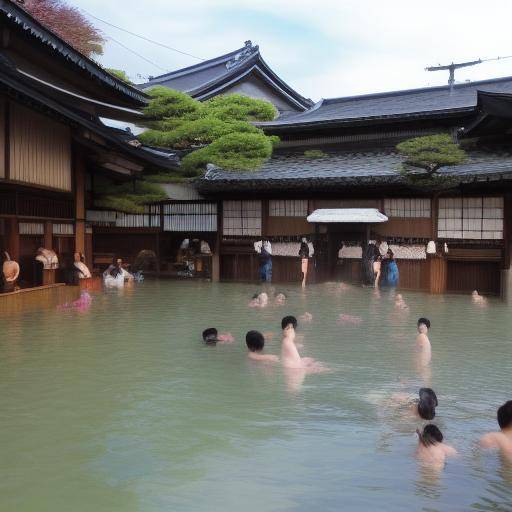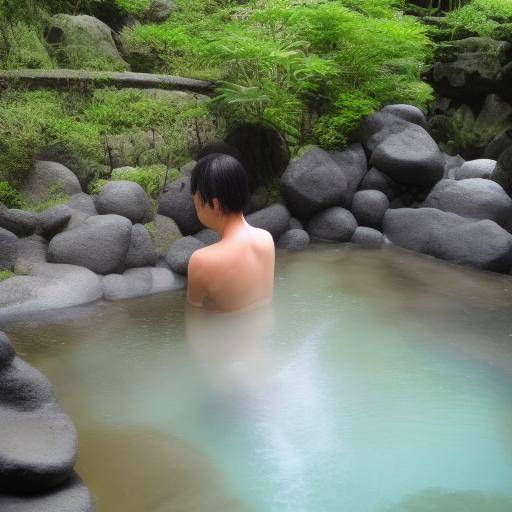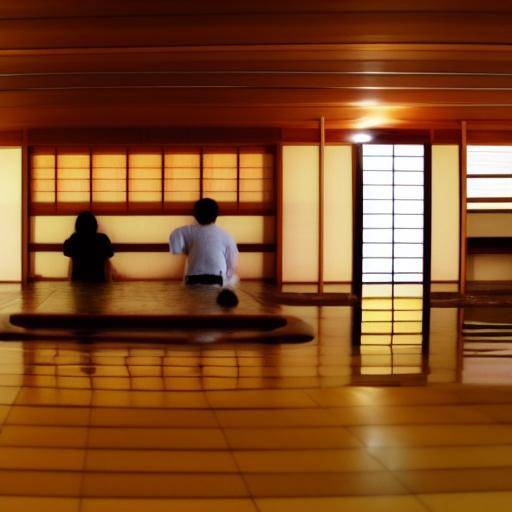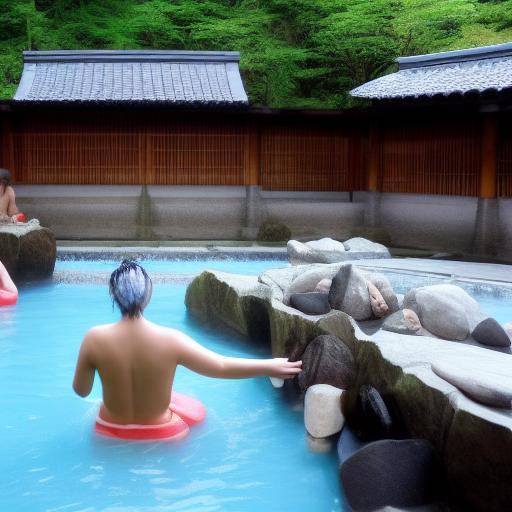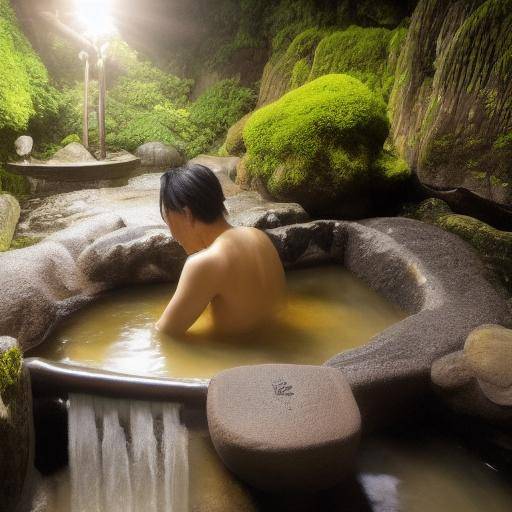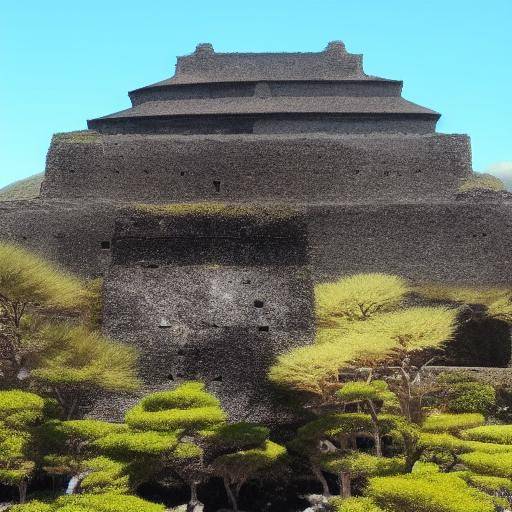
Introduction
In the heart of Japan, the ancient city of Kyoto stands as a tangible testament to the rich history and profound spirituality of the country. Home to a vast collection of temples that symbolize Japanese faith and reflect its evolution over the centuries, Kyoto is a crucible of tradition, art and devotion. In this detailed guide, we will immerse you in a fascinating journey through the most emblematic temples of Kyoto, exploring its history, spiritual meaning and contemporary relevance.
History and Background
The Legacy of Kyoto: A Link to Japan's Millennial History
Founded in 794, Kyoto has been a centre for cultural, religious and political development in Japan for over a thousand years. During that time, the city has served as the emperor's residence and witnessed momentous moments in the history of the country, from the splendour Heian Period to the modern era.
The proliferation of temples in Kyoto is a faithful reflection of the deep relationship of the city with Japanese spirituality and philosophy. These temples, many of which were built centuries ago, capture the very essence of Japanese faith and have resisted the passage of time as emblematic monuments of the country's history.
Kyoto Temples: Guardians of Japan's Spiritual Heritage
The temples of Kyoto cover a wide range of architectural styles and philosophical currents, from the magnificent Kinkaku-ji, with its iconic Golden Pavilion, to the serene Ryoan-ji, home to the famous rock garden. Each temple tells a unique story, intertwined with the Japanese cosmovision and offers a look at the spiritual evolution of the nation over the centuries.
These monuments are not only testimonies of the architectural dexterity of the past, but also houses artistic treasures, including paintings, sculptures and gardens, which embody the very essence of Japan's aesthetic and spiritual thought.
Deep analysis
The Role of Temples in Contemporary Society
Although rooted in history, Kyoto's temples are not merely relics of the past, but they play a vital role in modern life. From religious ceremonies to cultural events and educational activities, these temples are dynamic spaces that continue to unite the local community and attract visitors from around the world.
Moreover, the preservation of temples and their traditional rituals remains a challenge in the contemporary era. In a world of constant change, religious leaders must adapt to ensure the continued relevance of temples, while preserving their authenticity and spiritual significance.
Comprehensive review
Comparative: Temples of Kyoto vs. Temples in Japan
While the temples of Kyoto are undoubtedly impressive, the temples of all Japan offer an equally amazing variety. In contrast to the serenity of the temples of Kyoto, temples in other regions of the country present a diversity of architectural styles, ritual practices and traditions that enrich the spiritual upholstery of Japan.
Practical Tips and Accessible Recommendations
Planning your visit to the Temples of Kyoto
- Invest in the most relevant temples and select those that resonate with your personal interests.
- Be sure to respect the rules of label and decorum when visiting the temples. Here we leave some important guidelines:
- When entering the temples, it is crucial to follow the directions and respect the tranquility of the environment.
- Consider hiring the services of a local guide to gain a deeper understanding of the history and meaning of each temple.
Industry Perspectives and Expert Reviews
Vision of experts: the future of temples in Kyoto
We have interviewed experts in Japanese history and spirituality to offer a privileged view of the continuing role of temples in modern society. Their perspectives and predictions shed light on the lasting importance of these monuments in the future of Kyoto and Japan in general.
Case Studies and Real Life Applications
The social impact of the temples of Kyoto: a case study
We will explore a case study that reveals how the temples of Kyoto have played a fundamental role in the social and cultural cohesion of the local community. This deep analysis highlights the importance of preserving and promoting these spiritual sanctuaries for future generations.
Future Trends and Predictions
Moving in the morning: perspectives and predictions for the temples of Kyoto
Finally, we will take a look at the future of temples in Kyoto, analyzing emerging trends and considering how these monuments will continue to embody the rich Japanese history and faith in the years to come.
Conclusion
In short, the temples of Kyoto represent much more than architectural wonders. They are guardians of a millennial history, symbols of devotion and pillars of Japan's spiritual identity. In exploring these temples, visitors have the opportunity to immerse themselves in the country's rich religious and cultural tradition, as well as to reflect on the lasting role they play in a constantly evolving world.
FAQs
1. What is the oldest temple in Kyoto?
The oldest temple in Kyoto is the Kōryū-ji, which dates back to 603 and is an important historical and spiritual site.
2. What temple is famous for its miniature rock gardens?
The Ryoan-ji temple is known for its famous rock garden, which is an outstanding example of Zen gardening.
3. Can I take photographs inside the temples of Kyoto?
Some temples allow photographs to be taken in designated areas, but it is important to respect the restrictions and norms of each place.
4. What is the best time of the year to visit the temples of Kyoto?
The spring, especially during the flowering of the cherry trees, and the autumn, during the colour show of the leaves, are considered the best times to visit the temples of Kyoto.
5. What is the most visited temple in Kyoto?
The Kinkaku-ji temple, known as the Golden Pavilion, is one of the most visited and emblematic temples in Kyoto.
6. How can I participate in a tea ceremony in a temple in Kyoto?
Several temples in Kyoto offer tea ceremonies, and it is advisable to make a reservation in advance to make sure you participate in this unique experience.
With this guide, you will be prepared to enjoy an enriching experience by exploring the temples of Kyoto, immersed in Japan's fascinating history and profound spirituality. What temple would you like to visit first?
With this, we have told you all about the wonders of Kyoto and its temples, which will allow you to experience Japanese history and faith in a unique way. Get ready for an unforgettable experience!



